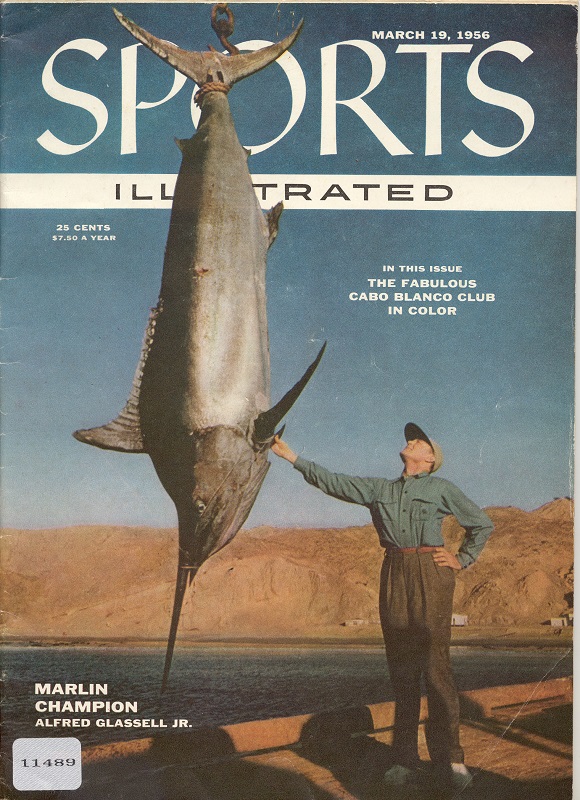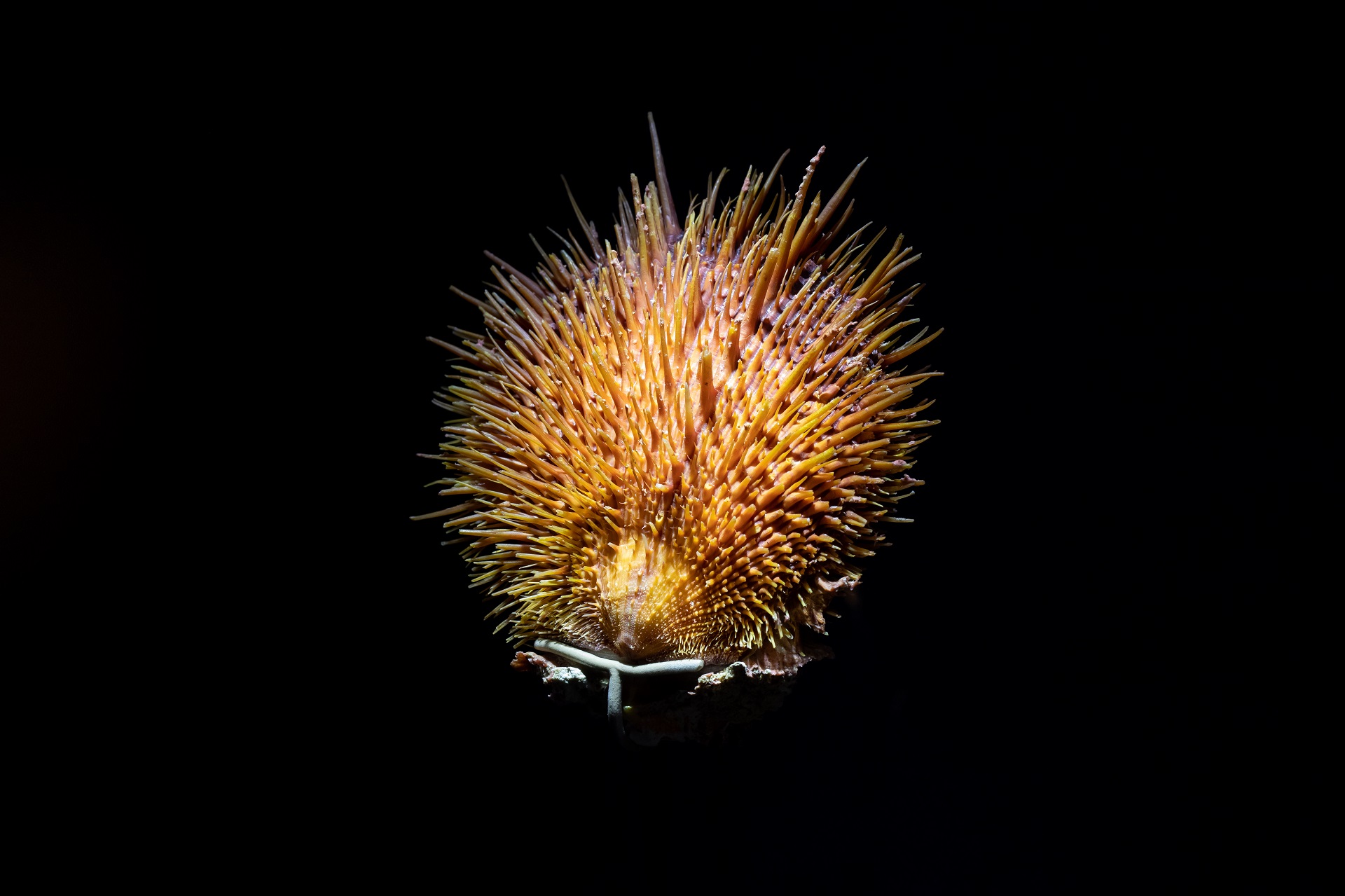If you’re just joining us on our slightly nauseating journey through the wonders of Medieval medicine, you may want to check out the first blog in this series. If you’re already on board, I promised you poop and it is poop you are going to get! I feel there is a Freudian joke there, but I digress. If ingesting ground human skull didn’t turn your stomach, how about a cornucopia of fecal matter to get it churning? “…the droppings of a goose, of a dog, of a goat, of pigeons, of a stone-horse, of a hen, of swallows, of men, of women, of mice, of peacocks, of a hog, of a heifer…” This is but a sampling of various fecal-based ingredients to be found lining the shelves of the apothecary according to Richard Sugg, author of Mummies, Cannibals and Vampires: the History of Corpse Medicine from the Renaissance to the Victorians.
Your throat feeling a bit sore? We can fix that, how about some Greek White, yes that should do the trick. What’s Greek White you say? Why it’s the white crust that forms on the outside of dog poop as it ages. Of course it is… blech. Other uses for animal excrement included sheep poo for jaundice, mice droppings for the elimination of intestinal worms, and ox dung for fever. Not sure how you feel about ingesting fecal matter to cure what ails you? Fair enough, the list of illnesses and infections you risk exposing yourself to by eating such things is undoubtedly long. So, we don’t need to have the conversation that feces = dirty. Or do we?
In some circles poop is considered “good medicine”. Yup, you read that right, while not widely practiced in the United States, fecal transplants have recently gained traction for treating IBS, Crohn’s Disease, and Ulcerative Colitis. According to The Fecal Transplant Foundation, the procedure consists of collecting fecal matter from a healthy donor, mixing it with a saline or other solution, straining it, and then placing in a patient, by colonoscopy, endoscopy, sigmoidoscopy, or enema. The idea is to add good gut bacteria to a patient whose own has been compromised by antibiotics or illness. I’ll think I will stick to Proactive Yogurt, thanks anyway.
I also promised you pee and so I have to give it to you. Comparing the color of a urine sample against a chart, smelling it, and even tasting it was a common diagnostic process used by doctors in the Middle Ages. Smelling pee is an aspect of Humourism, a theory of medicine adopted by ancient Greek, Roman, and Islamist physicians and practiced up until the advent of modern medicine. While the four humors is no longer valid medicine, you still have to leave your pee cup in the secret cupboard when you visit the doctor. Pretty sure they’re not drinking it.
It wasn’t only doctors who were obsessed with pee. Apothecaries distilled urine to sell in their shops. Fresh urine was prescribed to treat insect bites, burns, and sores. While probably cleaner than much of the available water at the time, pee is not sterile. I know, I know, shocking. Many have been led to believe that it is, and IT IS NOT. I have some personal pee trauma, but more on that later. Urine had other uses as well. Compounded with ash, it was used to treat diaper rash. And, it was all the rage for young women looking to preserve their youthful glow to wipe their own urine all over their faces and bodies. Turns out that urea, a component of urine, is still a common ingredient in face creams. I suggest you check your own, you too may be wiping pee on your face. Just kidding! The urea used today is synthesized in a lab, so you are not actually slathering yourself with pee. Phew!
On a final note, clearly I have a tendency to overshare, but life is more fun that way! So, I will now share my own pee-induced trauma, as promised. My own experience with the notion of pee as panacea to the best of my recollection, goes like this: It was a beautiful day at the beach, while wading in the shallows and talking to friends, something stabs me through the back of my ankle. Be somewhat of a paranoiac, I’m certain it is a shark, but it was not. I lift my leg to find a stingray barb protruding from my body. The world begins to narrow and I faint. I’m drug ashore where I awaken to the additional horror of a stranger peeing on me. Peeing on stingray injuries is a “cure” that goes way back and it turns out that having someone pee on you does an exceptional job of distracting you from the pain. But, soon the pain roars back with the added insult of having had someone relieve themselves on your foot. I don’t recommend it and neither would your doctor.
In a future installment, we will explore the many uses of mummies in medicine and the utter fascination Medieval doctors and apothecaries had with blood and bloodletting. It promises to be another cringe inducing journey! I hope you’ve enjoyed exploring medicine in the Middle Ages half as much as I’ve enjoyed telling you about it. Check back with us often and don’t forget to visit our Knights Exhibition. It’s not to be missed!










